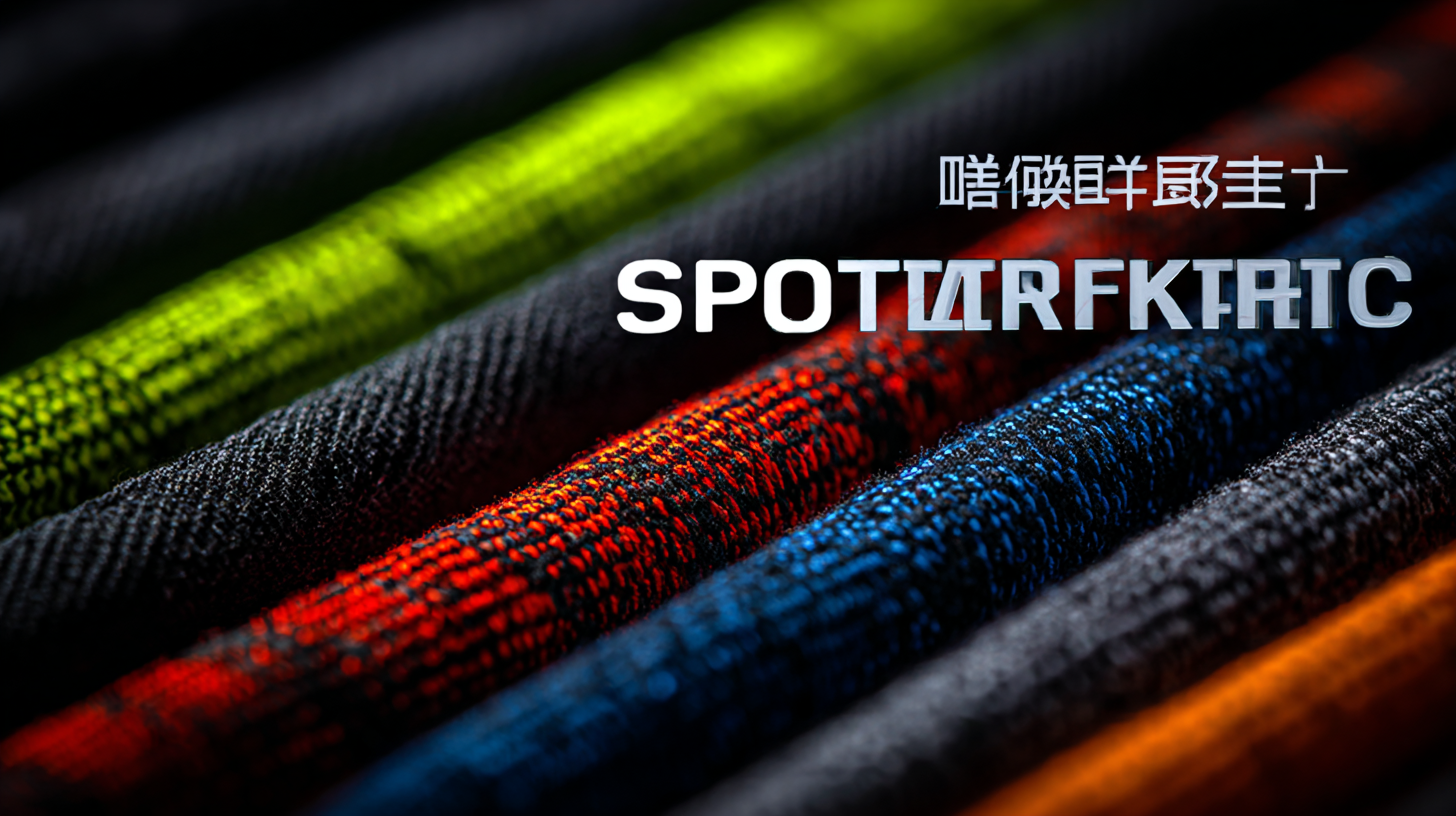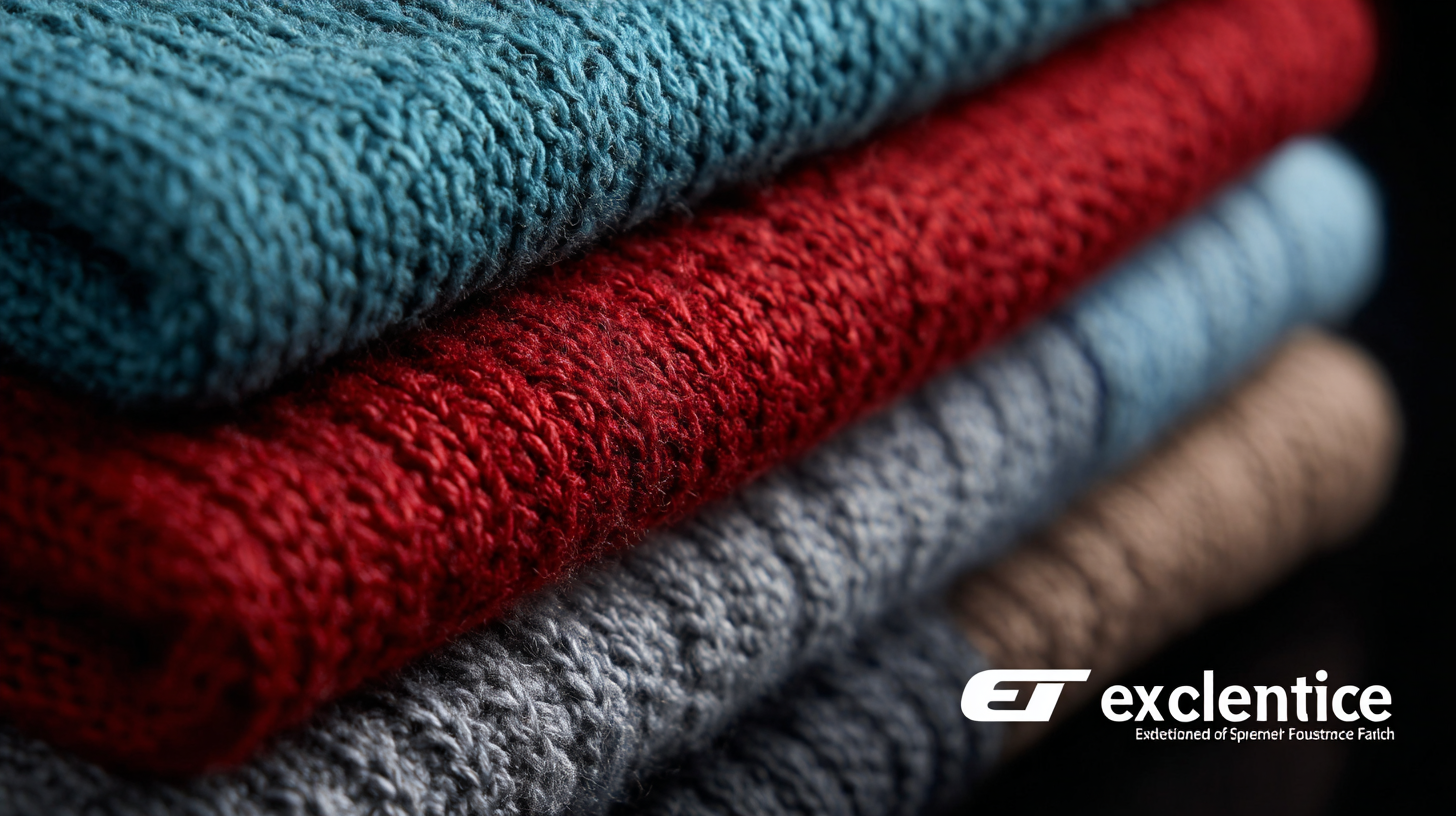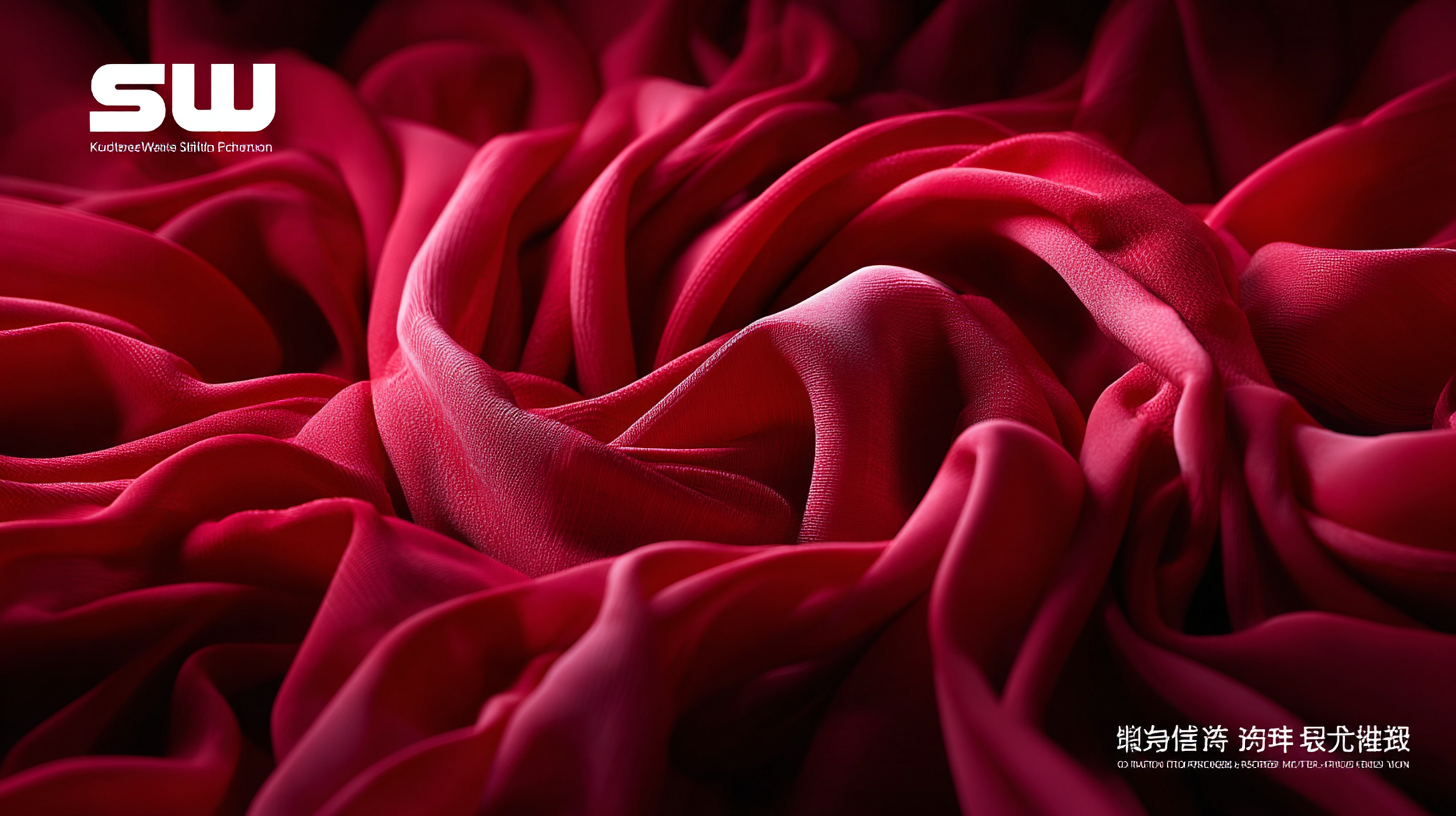 In recent years, the global sportswear market has witnessed a remarkable transformation, with the knitted sportswear fabric emerging as a frontrunner in this evolution. According to a report by Statista, the global activewear market is projected to reach USD 547 billion by 2024, driven by increasing health awareness and a preference for comfortable, performance-oriented clothing. Chinese manufacturers, leveraging advanced technologies and sustainable practices, have positioned themselves at the forefront of this industry. The "Industry 2025 Technology Trends" report emphasizes the crucial role of innovation, from smart textiles to advanced knitting techniques, in enhancing the functionality and appeal of sportswear. As brands seek to meet the exploding demand for high-quality, durable, and aesthetically pleasing knitted sportswear fabric, understanding these trends and the top strategies for success will be paramount for stakeholders in the competitive landscape.
In recent years, the global sportswear market has witnessed a remarkable transformation, with the knitted sportswear fabric emerging as a frontrunner in this evolution. According to a report by Statista, the global activewear market is projected to reach USD 547 billion by 2024, driven by increasing health awareness and a preference for comfortable, performance-oriented clothing. Chinese manufacturers, leveraging advanced technologies and sustainable practices, have positioned themselves at the forefront of this industry. The "Industry 2025 Technology Trends" report emphasizes the crucial role of innovation, from smart textiles to advanced knitting techniques, in enhancing the functionality and appeal of sportswear. As brands seek to meet the exploding demand for high-quality, durable, and aesthetically pleasing knitted sportswear fabric, understanding these trends and the top strategies for success will be paramount for stakeholders in the competitive landscape.
The evolution of knitted sportswear fabric in China has been nothing short of remarkable. Over the decades, Chinese manufacturers have harnessed advanced technology and innovative techniques to revolutionize the fabric production process. Initially known for basic and less durable materials, China has transitioned to producing high-performance knitted fabrics that meet the demands of modern athletes. From moisture-wicking properties to enhanced breathability, the evolution reflects a deep understanding of the needs of sports enthusiasts and professionals alike.
Furthermore, the focus on sustainability is shaping the future of knitted sportswear in China. Manufacturers are increasingly adopting eco-friendly practices, using recycled materials and environmentally conscious production methods. This shift not only caters to the growing consumer preference for sustainable products but also positions Chinese sportswear fabric at the forefront of global industry standards. As a result, the reputation of Chinese manufacturing continues to strengthen, establishing the country as a key player in the development of cutting-edge knitted sportswear fabrics that combine performance, durability, and environmental responsibility.
| Fabric Type | Composition | Weight (g/m²) | Moisture Wicking | Durability Rating | Stretchability |
|---|---|---|---|---|---|
| Polyester Blend | Polyester 85%, Spandex 15% | 200 | High | 8/10 | Excellent |
| Nylon Jersey | Nylon 90%, Spandex 10% | 180 | Medium | 9/10 | Good |
| Cotton Knits | Cotton 100% | 220 | Low | 7/10 | Fair |
| Bamboo Blend | Bamboo 70%, Polyester 30% | 210 | High | 8/10 | Very Good |
| Cooling Fabric | Polyester 80%, Nylon 20% | 190 | Very High | 9/10 | Excellent |
The landscape of sportswear has evolved significantly, with an increasing emphasis on high-quality knitted fabrics that cater to both performance and style. Key characteristics that define these premium materials include their breathability, moisture-wicking abilities, and elasticity. Advanced technologies in manufacturing ensure that the fabrics not only provide comfort but also enhance the wearer's performance during vigorous activities. The latest global reports indicate a robust recovery in the sportswear sector, showcasing the strong performance of leading brands and a growing consumer appetite for innovative materials.
Among the promising advancements in this domain are eco-friendly fibers, which are becoming a staple in high-end knitted apparel. With the rise of sustainability, many manufacturers are adopting greener production methods while maintaining the aesthetic appeal of their products. This shift is perfectly aligned with current fashion trends that value both functional and environmental attributes, signaling an exciting future for knitted sportswear. The essence of comfort, style, and performance is being redefined, paving the way for a new generation of sportswear that resonates with contemporary values of fitness and environmental responsibility.
The sportswear industry in China has made significant strides towards sustainability, integrating eco-friendly practices into manufacturing processes. By utilizing innovative techniques and sustainable materials, Chinese manufacturers are not only enhancing the quality of knitted sportswear fabrics but also reducing their environmental footprint. For example, many companies are now opting for recycled polyester and organic cotton, which significantly lowers pollution levels compared to conventional materials.
Moreover, the adoption of energy-efficient technologies and waste management systems has become a hallmark of China's sportswear production. Factories are increasingly implementing solar panels and water recycling methods, which contribute to greener operations. This commitment to sustainability not only appeals to environmentally conscious consumers but also positions Chinese manufacturers as leaders in responsible production within the global market. As the demand for sustainable products continues to rise, China's sportswear industry is well-poised to meet these expectations, showcasing a perfect blend of quality and ecological responsibility.
This chart illustrates the production volume and sustainable practices in the sportswear industry in China. The data showcases the growth of sustainable practices and the corresponding increase in production volume over the years.
In recent years, Chinese manufacturing has emerged as a cornerstone of the global sportswear market, especially in the production of high-quality knitted fabrics. With unparalleled efficiency and innovation, manufacturers in China have established partnerships with renowned global brands, enabling the rapid development and distribution of advanced sportswear textiles. This collaboration has not only elevated the quality of products but also responded adeptly to shifting consumer demands for performance and sustainability.
By leveraging cutting-edge technology and extensive resources, Chinese manufacturers have become pivotal players in creating fabrics that enhance athletes' performance, from moisture-wicking materials to lightweight, durable designs. These partnerships have facilitated the integration of eco-friendly materials, addressing the increasing consumer awareness regarding sustainability in fashion. As the demand for activewear continues to rise globally, China’s manufacturing capabilities ensure that brands can maintain their competitive edge and meet the needs of a diverse consumer base.

As the global demand for high-performance sportswear continues to rise, the future trends in knitted sportswear fabrics reveal a significant shift towards innovation, particularly within the realm of Chinese manufacturing. Chinese textile manufacturers are increasingly leveraging advanced technologies such as 3D knitting and seamless weaving to produce fabrics that not only enhance athletic performance but also offer unprecedented comfort and versatility. These innovations enable the creation of lightweight, breathable materials designed to meet the rigorous demands of athletes, while also being durable and eco-friendly.

Furthermore, sustainability is becoming a key focal point in the evolution of knitted sportswear fabrics. Chinese manufacturers are adopting circular economy principles, incorporating recycled materials into their products and minimizing waste throughout the production process. This commitment to sustainable practices is attracting environmentally conscious consumers, opening up new avenues for growth in the athletic apparel market. With a strong foundation in technological development and an increasing emphasis on eco-friendly solutions, the future of knitted sportswear in China looks promising, setting the stage for a new era of performance and sustainability in athletic wear.